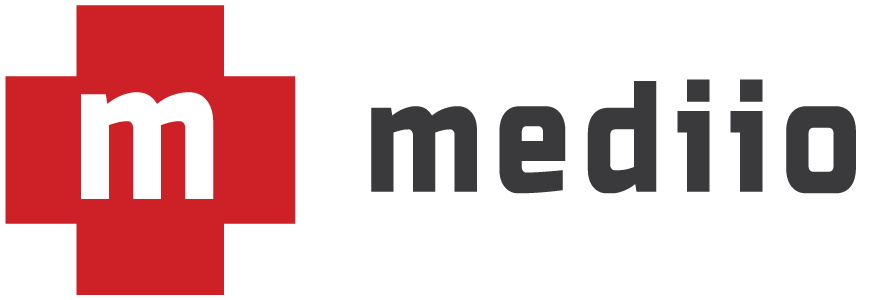Theranos and Elizabeth Holmes are utterly fascinating. To develop a diagnostic testing company in complete secrecy over 10 years that is now valued at $9 billion is unreal.
Speaking of Theranos’ valuation:
Investors have valued the company at more than nine billion dollars, comparable to the two major diagnostic labs.
Comparable valuations, but not comparable scale of business:
Quest runs about thirty full-service laboratories around the country; it performs six hundred million tests of all kinds annually—Theranos’s aim is to hit one million blood tests in 2015—and owns four thousand vehicles for picking up samples.
Valuations never make sense to me.
When I first read about Theranos earlier this year, the proposition—hundreds of laboratory tests from a few drops of blood obtained by finger-stick—seemed too good to be true. Conversely, why not? Why do we have to draw so much blood?
I am not a pathologist and definitely not qualified in any way to answer that question. I think the juxtaposition between Theranos’ promise and the eventual reality is what makes it such a fascinating company. As mentioned several times in the article, transparent peer review needs to be conducted before we can fully buy into Theranos’ promise. Comparison to 23 and Me is quite apt; Theranos will undoubtedly go through growing pains which will include government oversight.
I can’t wait to see what happens. I would prefer, both for my patients and myself, easier diagnostic testing, but it has to live up to current standards for accuracy.
